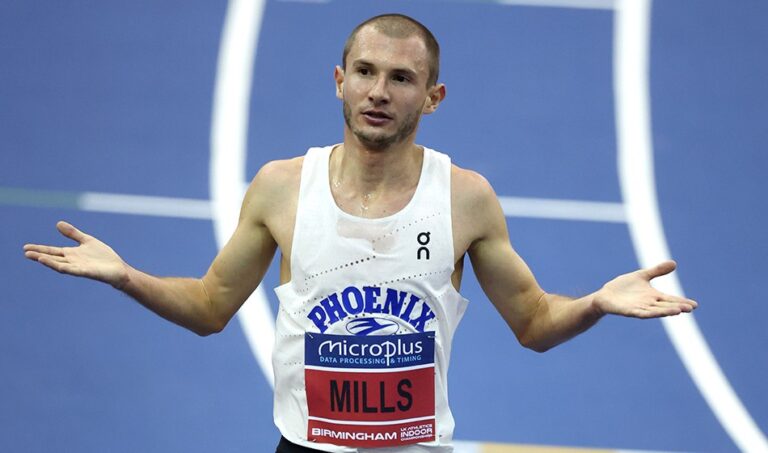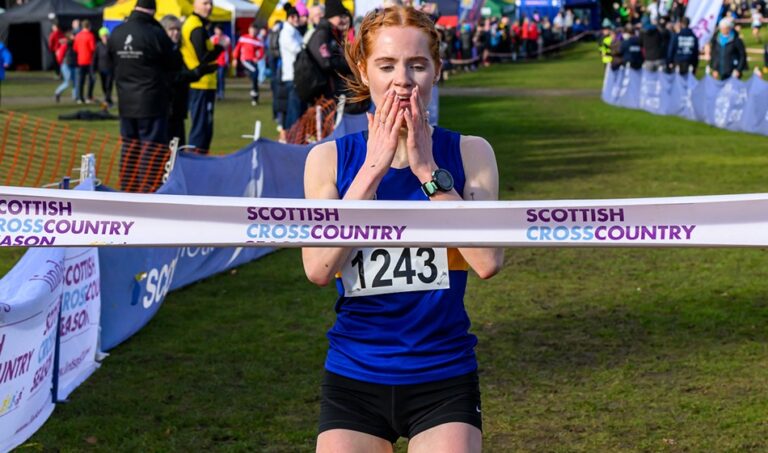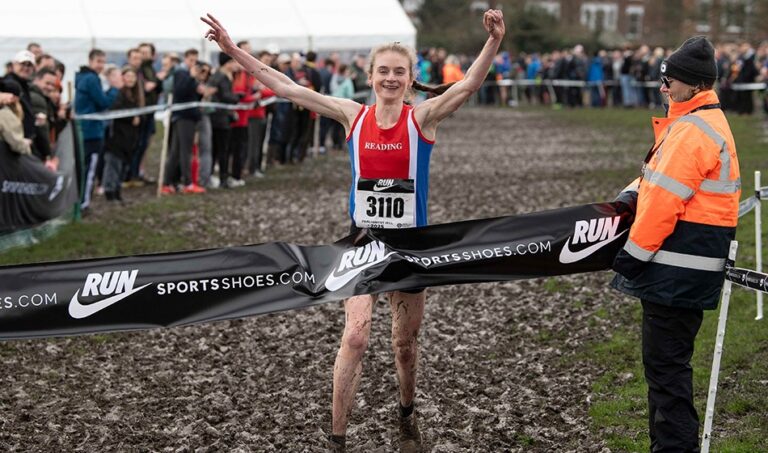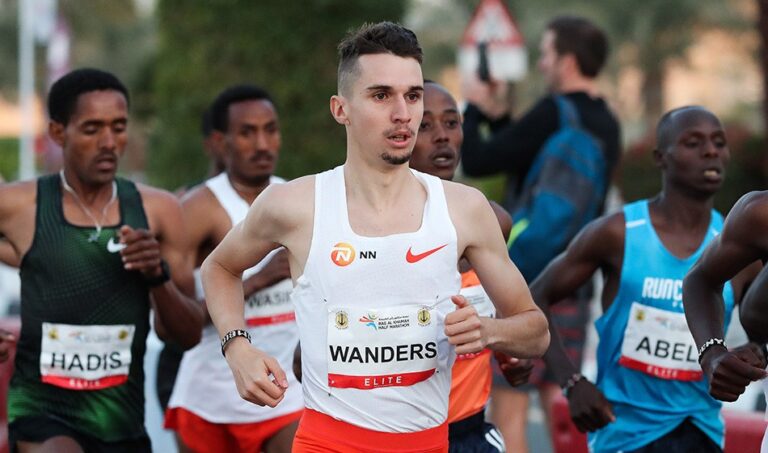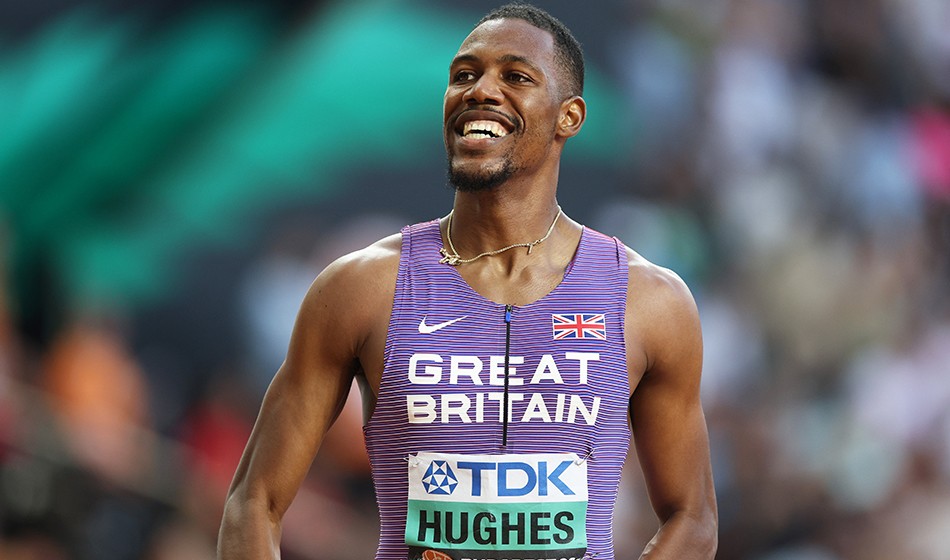
The British sprinter is aiming for a more successful 2025 season after a challenging year, as he joins Michael Johnson’s ground-breaking new event
Zharnel Hughes has signed up to compete in Grand Slam Track.
The league, set to debut in April 2025, will feature Zharnel Hughes in all four of its Slam events, marking the start of an exciting year for himself and the sport.
The 29-year-old had a remarkable 2023 season, during which he shattered two longstanding British records. At the New York Grand Prix, he clocked a blistering 9.83 in the 100m, breaking Linford Christie’s 30-year-old national record by just 0.04 seconds.
A month later, at the London Diamond League, Zharnel Hughes further demonstrated his speed by setting a new British 200m record with a time of 19.73, surpassing the mark previously held by John Regis.
Zharnel Hughes’ success extended to the World Championships in Budapest, where he earned a bronze medal, adding to his growing list of achievements.
However, 2024 has presented more challenges for the sprinter. A grade-one hamstring tear forced to pull out of the European Championships in June, which is an event he has historically dominated, securing gold medals in the 100m, 200m, and 4x100m relay (twice).
Zharnel Hughes’ injury also impacted his preparations for the Paris Olympics, where, despite not being fully fit, he made it to the 100m semi-finals – though he had hoped for more. The injury also saw him withdraw from the 200m.
Great Britain 4x100m team (Getty)
The Brit, who is also a qualified pilot, found redemption towards the end of the Games, securing a bronze medal in the 4x100m relay with teammates Louie Hinchliffe, Jeremiah Azu, and Nethaneel Mitchell-Blake.
Now fully recovered and back in Jamaica, Zharnel Hughes is eager to start the 2025 as strong as possible. The first Grand Slam event will start in Kingston, Jamaica, from April 4-6. The league will then travel to Miami, Philadelphia and Los Angeles.
Grand Slam Track promises to be a unique competition, with Racers having to compete in all four Slams and receive an annual base compensation for competing in each one, as well as being eligible for full prize money.
Zharnel Hughes is one of the final five of 48 Racers signed to the league, alongside Caleb Dean, Diribe Welteji, Freddie Crittenden and Brittany Brown.
“The future of our sport is bright, and with the global popularity of track, I think now is the right time to join Grand Slam Track,” says Zharnel Hughes.
At Grand Slam Track, there will be 48 Racers as well as Challengers. Racers will be assigned to compete in one of the following categories and will all race in two events during each Slam: short sprints (100m/200m), short hurdles (100m hurdles or 110m hurdles/100m), long sprints (200m/400m), long hurdles (400m hurdles/400m), short distance (800m/1500m), or long distance (3000m/5000m).
AW chats exclusively to Zharnel Hughes below:

Zharnel Hughes (Getty)
Why did you decide to join Grand Slam Track?
When I heard about it, I thought it sounded very interesting. I think it’s a whole new dynamic and the whole initiative is something that is really exciting to be a part of. When I got back to Jamaica, I spoke to my coach and he asked if I really wanted to try it out. I said absolutely, it’s something different and totally different to what we are all accustomed to Zharnel Hughes.
I think it is something that is quite new for the sport. The fact that it’s new, it means everyone’s going to tune in and that is what you want. All the locations we are participating in are perfect, especially in Jamaica because it is very much known for sprinting. When it starts in Jamaica, people will see how exciting it can actually become and more athletes will want to be a part of it later down the line Zharnel Hughes.
I’ve been preparing myself in the best way possible to be a part of the mix and just give it my best at the slam.
How do you feel knowing that you will be competing more consistently against the same Racers?
The fact we are going back-to-back shows that it’s going to be tough and you’ll be able to see who has the mental strength. It’s almost like a championships in itself and as athletes, we like that.
It will keep us a bit more sharp and it’ll help us throughout the rest of the season. No matter where you’re from, you will get the support and it’s a great line-up so far. You have Fred Kerley, Kenny Bednarek, Oblique Seville and myself – what more do you want? It’s very exciting and there’s going to be a crack in them Zharnel Hughes.
It makes me focus every day to get my grind on and to keep being consistent, keep showing up and wanting the best for myself at the end of the day.
How do you reflect on your 2024 season?
I’ll leave it as a question mark because it wasn’t really a season for me. I started off quite late. The earlier part of the season was going pretty well but it was the latter part where my coach decided that we were going to run 100m a little too late which hampered things for me. I usually like to race to get myself sharp and I felt as if I was held back a little bit too much so when it was time to go fast, the window I had was very, very small.
Even though I was running fast, I wasn’t competitively sharp. I was running 10.0, but that isn’t going to get you past multiple rounds, the Olympics was won in 9.79. In order to be that competitive, you have to be racing and unfortunately I didn’t get much races in because of my injury.
I’m trying to make a new strategy going into this season where I am going to kick things off a little earlier and get myself race sharp.

Kenny Bednarek beats Zharnel Hughes (Getty)
How was your Paris Olympic journey?
Not good, it was very, very painful. When I got knocked out in the 100m semi’s I was devastated. At the same time, I was in pain with my hamstring which caused me to pull out of the 200m. It was extremely stiff and nervy from my back all the way down to my calf. I was in pain.
I had to sit out and hopefully wait for it to calm down. I got an injection from the doctors which helped to smooth things over a little bit, along with a lot of tape which meant I was able to run the relay.
It was a risk running the relay, but I said I wasn’t leaving Paris without anything, I had to leave something. I had already decided it would be the last event of my season so I was going to give it my all and whatever happened, happened. I remember warming up and praying that I didn’t get injured but also praying for a medal. I gave it my all when I got the baton and hoped that everything stayed intact to cross the finish line, but once I did, I was back in pain again.
My individual journey was really disappointing, I really wanted to tick that box to say I can walk away from the Olympics with an individual medal but unfortunately, that did not happen due to injury.
Does it give you motivation to perform well next year?
I hold myself accountable, that’s the type of athlete I am. If I don’t get to perform the way I want to perform, I am going to dig in again and give myself another chance.
It doesn’t make sense to throw in the towel and call it quits because things aren’t going your way. I’m not that type of person. I’m getting myself a lot stronger and so far I am feeling pretty well. I’m looking forward to the season ahead, we have already had a couple time trials and it’s looking very exciting. As long as I keep myself fit, and with Grand Slam Track being a part of my season, it is going to help me get a lot more sharper and much more competitive.
Will you be aiming to target your British 100m and 200m records again?
My plan is to get those records as far as possible, I am trying to lower both of them. I won’t say what times I am looking for but I am definitely trying to lower them.
I still have more in there and I am looking forward to lowering them and having fun as I compete. The GB guys are stepping up and I know I am somewhat of a target, so I have to be mindful of that. It keeps me going, because knowing people are chasing after you in Britain as well as the world. You know you always have to stay sharp.
I’m using it as motivation, to keep pushing and to see how much further I can actually push the bar. Once I am pleased with that, then I can probably hang up my spikes and say I did it.

Zharnel Hughes (Mark Shearman)
How has training been since Paris?
I ended my season early, got back to Jamaica and started doing treatment right away. We started a little bit of strength and conditioning work to ensure that the hamstring injury was properly cleared out. Once we were clear from that, we started training early September.
From there, we have taken it day by day. I have been doing more strength work and have made a change to my strength and conditioning in the gym, and by doing that, I can feel a difference. I am hitting more personal bests in the gym already, I am hitting numbers I have never hit before.
I am looking forward to seeing how I can execute throughout the season. I am feeling pretty confident with how my body is feeling and I just need to ensure that I am resting and recovering properly. You can do all the training but if you are not recovering properly then it can always hit the fan.
What was it like to be featured in the first season of Netflix’s Sprint documentary?
It was pretty cool and it was something a bit strange to me, because I’m not accustomed to it. I had to suppress mentally and just focus on the task ahead because they were in my space a little bit. There were so many cameras everywhere I went. Even when you’re on the starting line, you can see the guys from Netflix filming you. It’s a lot of pressure.
Once it came out, I saw it on TV and I thought it was so cool. The interactions I’ve gotten with so many people from that documentary has been so cool and made me feel humble. It made me smile a lot because I couldn’t go anywhere without people calling me out.
For instance, when I was going through airports, parents would come up to me with their children and tell me I am an inspiration and their child wants to try track and field because of me. Things like that inspire you and it makes you want to see how much more you can impact people.
I didn’t watch part two because of the emotions of Paris, it was just too much.

Zharnel Hughes (Getty)
When did you decide you wanted to become a pilot and will it always be something that is a part of your life?
I started in high school, my friend’s family were pilot’s so we always used to go to the airport together and I always wanted to fly with him. As soon as I turned 21 I told my mum I was going to make the move to sign myself up for flight school. I got accepted and started.
Because of my simulator, which I had at home, I was much more advanced than some of the students in the classroom because I had already learned so much, I just needed the books Zharnel Hughes.
It’s a different realm of relaxation for me, it’s a bundle of joy. Once I hang up my spikes I would definitely love to continue it, if it’s not commercial flying then I would definitely like to do private flying. I would love to just hop on a plane with family or friends and go flying somewhere. That’s the lifestyle I want to have after I’m finished track and field because aviation never stops. I’m a bit of a geek when it comes to aviation, but it’s just passion.
Jenny Meadows: “We now know how Keely can get the world record”



